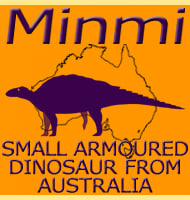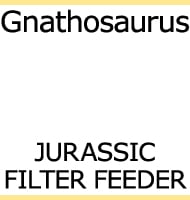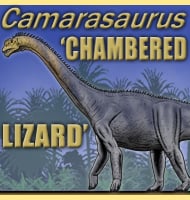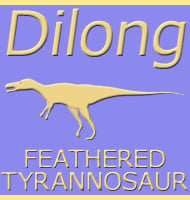In Depth
Although fossil remains form China have been attributed to Sansanosmilus (for the species S. palmidans), most of the currently known fossils come from Europe. This would suggest that the highest population density for Sansanosmilus was in Europe, however caution should be used before coming to this conclusion since fossil deposits of certain times are evenly distributed across the globe, nor is the level of faunal inclusion in these deposits absolute. For this reason the geographical and temporal distributions of extinct animals including Sansanosmilus are usually a case of best educated guess.
At around one and a half metres long and with a weight estimate of about eighty kilograms, Sansanosmilus was quite a bit smaller than the type genus of the Barbourofelidae, Barbourofelis. Additionally the enlarged upper canine teeth of Sansanosmilus were a little smaller as well. Together these might suggest a prey specialisation for smaller animals that did not require as much brute strength to take down, although the robust skeleton of Sansanosmilus is indicative of a powerful musculature. Also smaller prey would not require such large canines for a killing bite, perhaps across a more vulnerable area such as the neck.
Other barbourofelids include Prosansanosmilus and Ginsburgsmilus, Vampyrictis and Syrtosmilus amongst others.
Further Reading
– New craniodental remains of the barbourofelid Albanosmilus jourdani (Filhol, 1883) from the Miocene of the Vall�s-Pened�s Basin (NE Iberian Peninsula) and the phylogeny of the Barbourofelini. – Journal of Systematic Palaeontology. – Josep M. Robles, David M. Alba, Josep Fortuny, Soledad De Esteban-Trivigno, Cheyenn Rotgers, Jordi Balaguer, Ra�l Carmona, Jordi Galindo, Sergio Alm�cija, Juan V. Bert� & Salvador Moy�-Sol� – 2011.









